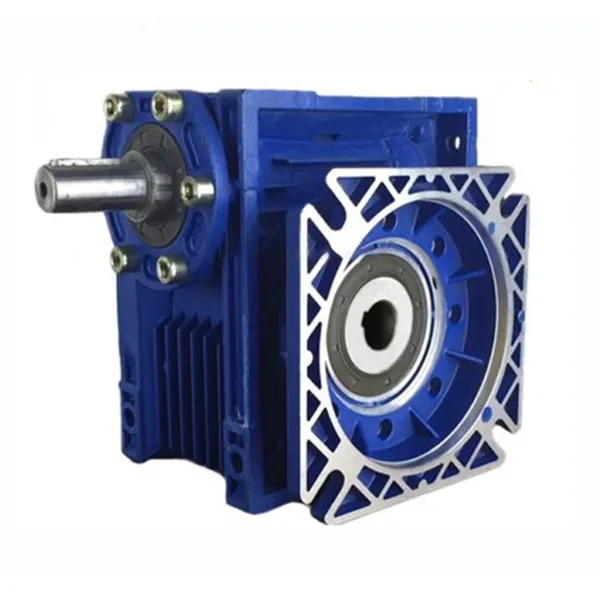Worm Motors for Compact and Efficient Watercraft Propulsion

Watercraft propulsion systems are important for boats, yachts, and other water vehicles. Worm motors are becoming a popular alternative for compact and efficient watercraft propulsion. Let’s take a look at what worm motors are and how they work.
What are Worm Motors?
Worm motors are a type of electric motor that uses a worm gear to turn the output shaft at a right angle to the input shaft. This unique configuration makes them ideal for applications where space is limited. In addition, worm motors are highly efficient and can generate a lot of torque with very little speed reduction. This makes them perfect for watercraft propulsion.
How Do Worm Motors Work for Watercraft Propulsion?
Worm motors work by converting electrical energy into mechanical energy. The electrical energy is fed into the motor, which then turns the worm gear. As the worm gear turns, it engages with the worm wheel, which is connected to the propeller shaft. The motion is then transferred to the propeller, which generates forward thrust for the watercraft. This process is highly efficient and can provide a lot of power for a relatively small motor.

What Are the Advantages of Using Worm Motors for Watercraft Propulsion?
There are several advantages to using worm motors for watercraft propulsion:
- Compact size
- Efficient power generation
- High torque
- Quiet operation
- Reliable performance
These advantages make worm motors an ideal choice for watercraft propulsion systems.
What Is Worm Reducer and How Is It Related to Worm Motors?
Worm reducer is a type of gearbox that uses a worm gear to reduce speed and increase torque. Worm reducers are often used in conjunction with worm motors to provide additional reduction and torque. This combination is often used in watercraft propulsion systems to provide the necessary thrust and power.
If you want to learn more about worm reducers, you can visit https://reducer-worm.top.
What Are the Applications of Worm Motors for Watercraft Propulsion?
Worm motors are used in a variety of watercraft propulsion applications, including:
- Boats
- Yachts
- Jet Skis
- Personal Watercraft
- Other Water Vehicles
Worm motors are ideal for these applications because of their compact size, efficient power generation, and high torque.

Why Choose Our Company for Worm Motors and Gearboxes?
Our company is a leading provider of worm motors and gearboxes in the Chinese motor market. We offer a wide range of products, including worm motors, worm gear globoids, worm gearboxes, worm drive motors, worm reducers, worm wheels, and more. Our products are manufactured using the latest fully automated CNC production equipment and assembly equipment, ensuring high quality and reliability.
In addition, we offer competitive prices and excellent customer service. We can also provide customized solutions based on customer needs. We are committed to providing our customers with the best products and services possible.
Q&A
Q: What is the maximum power output of your worm motors?
A: Our worm motors can generate up to 500 horsepower, depending on the model and configuration.
Q: Can your worm motors be used in saltwater environments?
A: Yes, our worm motors are designed to withstand saltwater environments and can be used in a variety of watercraft applications.
Q: Do you offer warranty for your products?
A: Yes, we offer a one-year warranty for all of our products. If you have any issues with our products, please contact our customer service team for assistance.
Q: Can you provide customized solutions based on customer needs?
A: Yes, we can provide customized solutions based on customer needs. Please contact our sales team for more information.
Q: How do I place an order for your products?
A: You can place an order for our products by contacting our sales team via email or phone. We will be happy to assist you with your order.